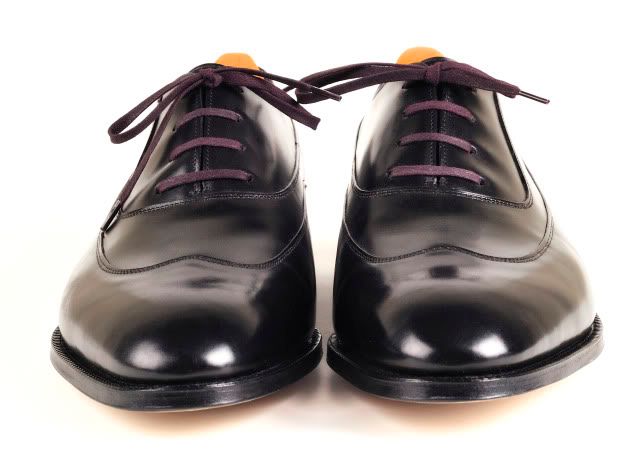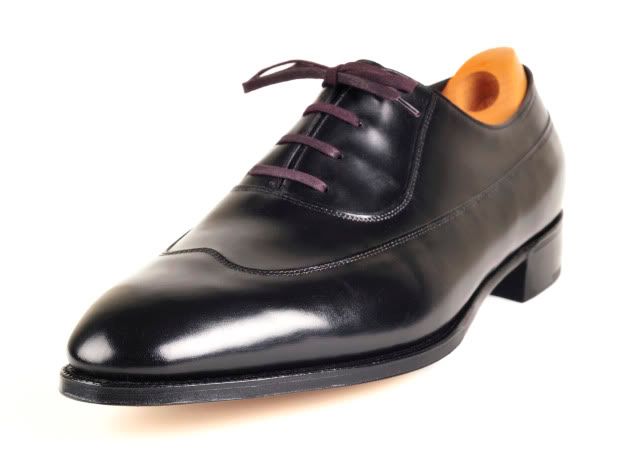- Joined
- Mar 23, 2002
- Messages
- 4,625
- Reaction score
- 1,285
If the photo you posted above is what you are referring to, I couldn't agree more.
My "˜sloppy' comment referred to the work in the picture I posted.
More can be seen here:
http://www.styleforum.net/showthread...20#post2923720
The stitching in the photo you posted is appalling. I hope the maker is a student (although that doesn't speak well of the teacher).
Judging by the hand, this is not a young man, although he might be new to hand-welting. I think, he hasn't even cut a proper holdfast: it looks as if the stitches are just buried into the insole.
For those who are not familiar with the term 'holdfast' (or 'feather'), that's how it looks like:









